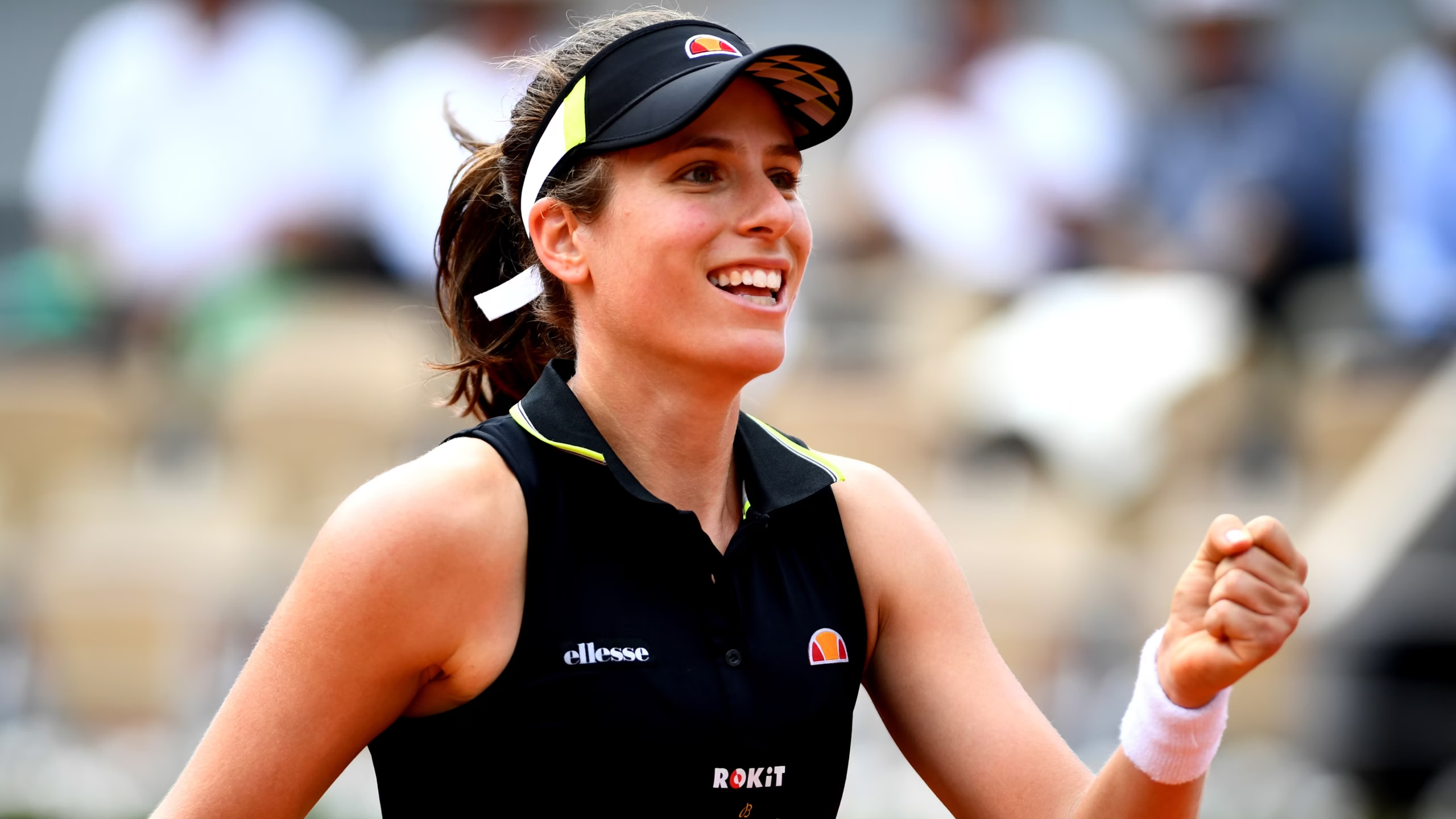
The 2025 Mutua Madrid Open is a prestigious professional tennis tournament held on outdoor clay courts at the Park Manzanares in Madrid, Spain. It runs from April 22nd to May 4th and is part of the ATP Tour Masters 1000 for men and the WTA 1000 for women.
The tournament attracts top players like Alexander Zverev, Carlos Alcaraz, Novak Djokovic, and Iga Świątek. It features singles and doubles competitions, with significant prize money and ranking points up for grabs.








